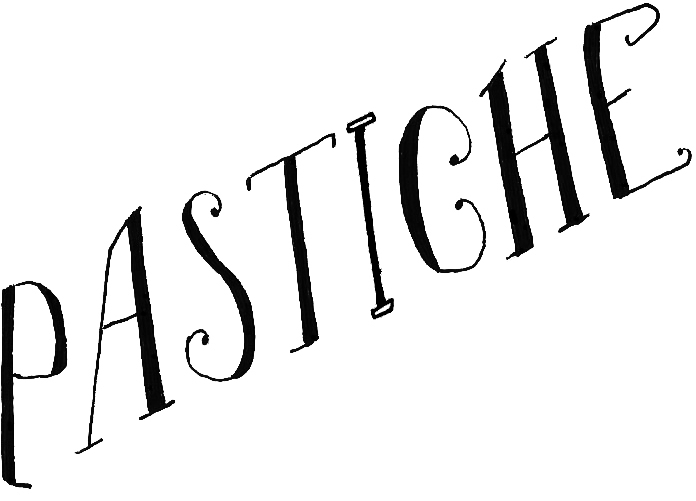Making a perfect French omelette
Several months ago, Jon got in a wormhole of sorts watching YouTube videos of the late Julia Child’s The French Chef.
If you’ve never seen it, take a minute sometime and watch her. She is such an inspirational figure to me—a phenomenal chef with absolutely no fuss about her. And her show isn’t filmed with a thousand cuts and takes like today’s cooking shows. You get to experience every step, every funny moment, every lost word, every everything and she is delightful.
Jon set out to master Julia's French omelette, something she dedicated an entire episode to—but not for its difficulty—just for its versatility as an any-time-of-day, any-type-of-occasion meal. Julia’s method is simple, fast, and produces a perfect French omelette, which is soft and light with a heavenly texture.
I asked Jon for his help in making a step by step guide for cooking a perfect omelette every time.
These are the bare bones requirements for making a perfect omelette. Any cheeses or herbs can of course be added, but they are not requirements.
Perfect French Omelette
Yields 1 omelette
3 eggs
1½ T heavy cream
3-finger pinch of salt (I’d say a little shy of ¼ tsp)
A few cracks of black pepper
2-3 tsp chilled butter (in one pat)
Optional: cheddar cheese for grating with a microplane and finely chopped parsley
Using the above pictures as a guide, crack eggs into a medium bowl and pour in cream. Add salt and pepper. Use a fork to gently but swiftly beat until just fully incorporated.
Set egg mixture next to stove and prepare for the cooking phase. Make sure your serving plate is next to you, your cheese is ready to be grated. and your parsley is ready for sprinkling.
The most important thing to keep in mind is that you’re going to want to move very quickly during this cooking phase. Very quick cooking on high heat—that’s what sets Julia Child’s omelette apart from all the rest you’ve had. The entire cooking process from the time the egg mixture hits the pan is less than 1 minute long!
The series of pictures below can be used as a guide of what you’re looking for during the cooking process, so check out the pictures first, and then follow the accompanying instructions.
Heat a non-stock skillet over medium-high to high heat (this is at least true for my electric stove—although you may find you need a slightly higher temperature on a gas range). When you think it has come to temperature, check by swiping a tiny bit of butter in the pan. It should bubble and start to brown, and you might even see a wisp above it in the air—and that’s a good thing. Wipe that butter out with a paper towel, and get ready to really start.
Add your 3 tsp of butter to the skillet and swirl it all around to quickly coat the bottom and the sides of the pan. Set it back on the burner and pour in the egg mixture. Let it sit for about 3 seconds, and then begin swirling the pan in a circular motion (while still on the burner) in one direction, around and around pretty vigorously, to keep the omelette moving. The instant the egg mixture begins to forms into a free moving disc-like unit, you need to start flipping it by quickly jerking the pan to flip the omelette over on itself. After flipping, begin shaking pan again to finish forming the omelette (no more than about 5-10 seconds). And voila—you’re done! Tip the pan and roll onto plate, folding imperfectly into thirds (or in half if you prefer). Immediately sprinkle with grated cheese and chopped herbs and devour this perfect French omelette.
